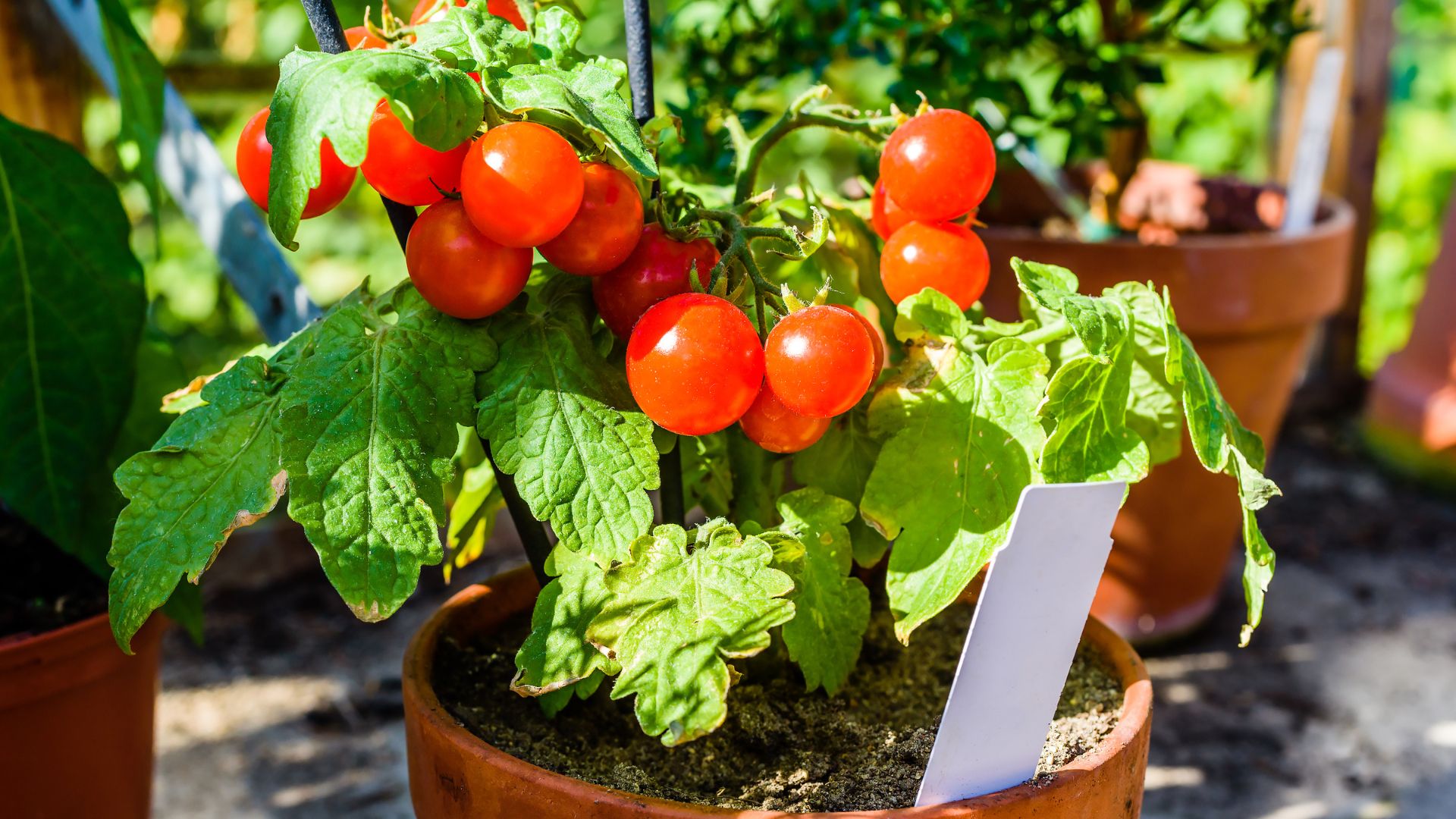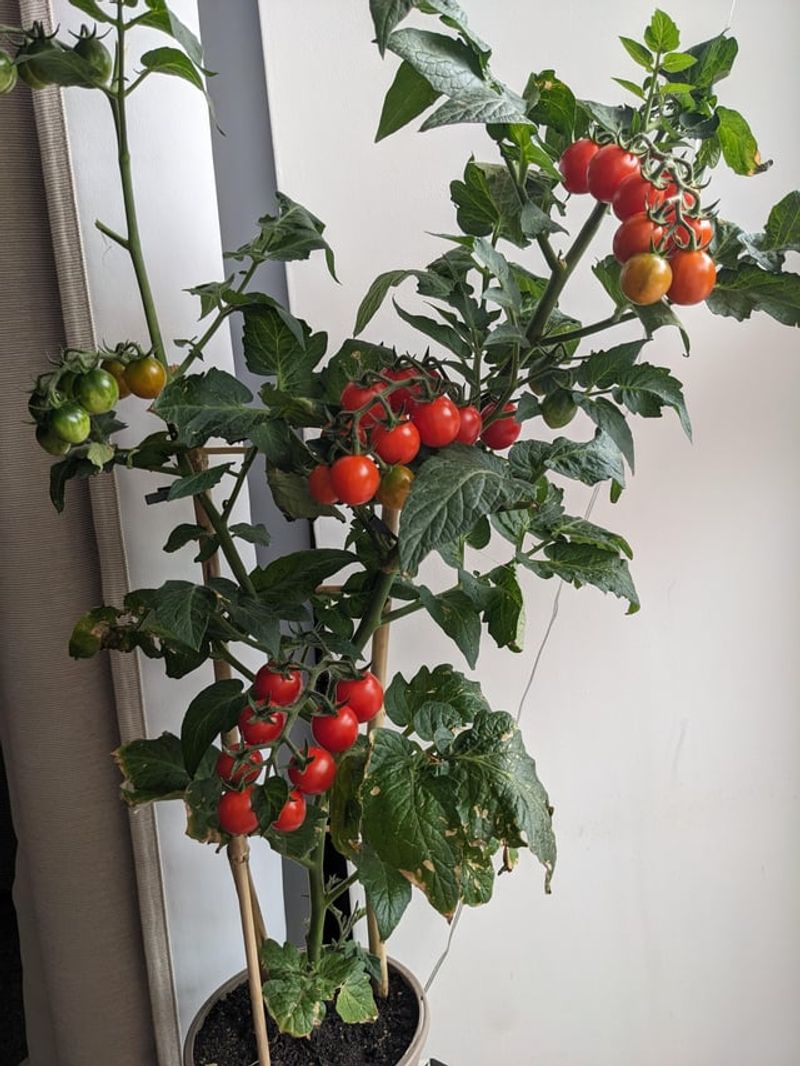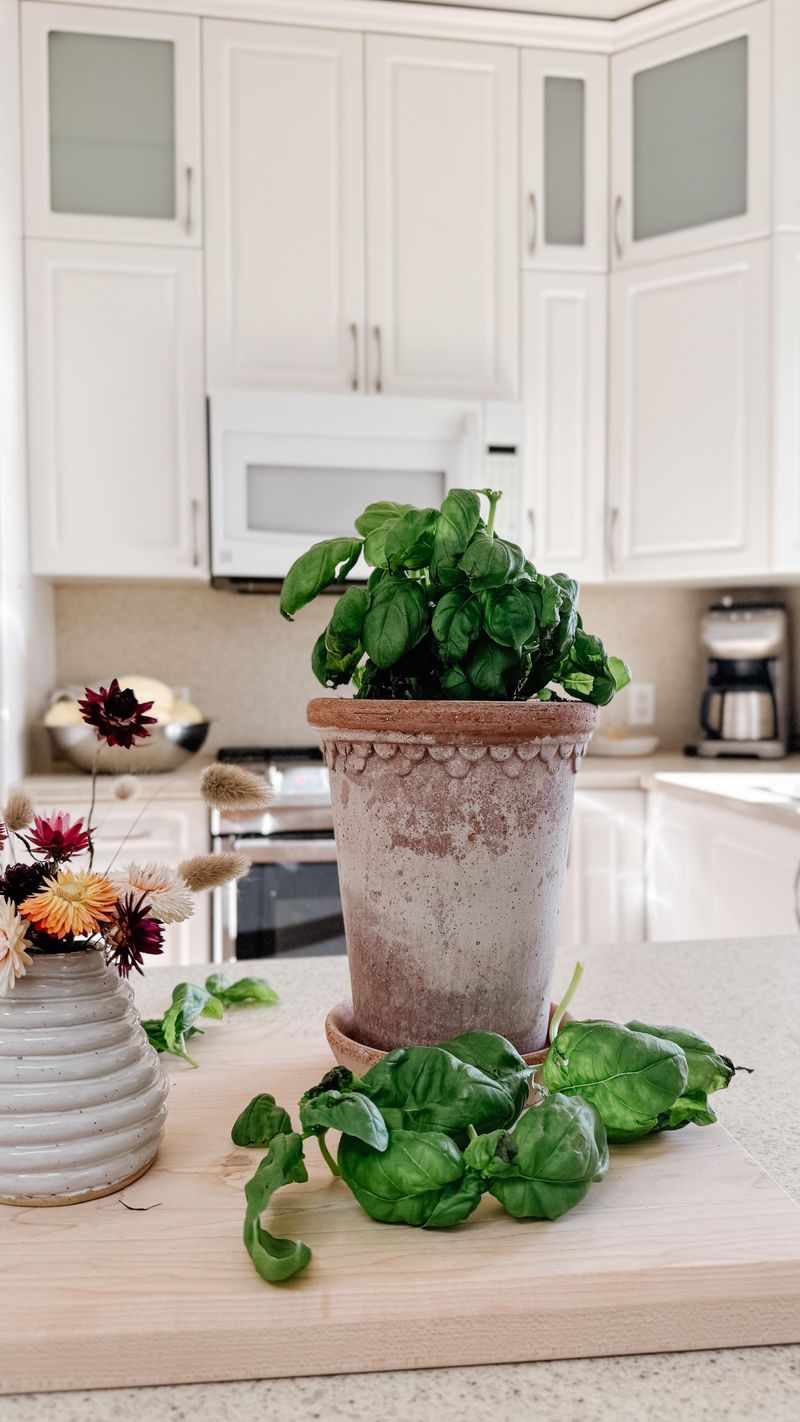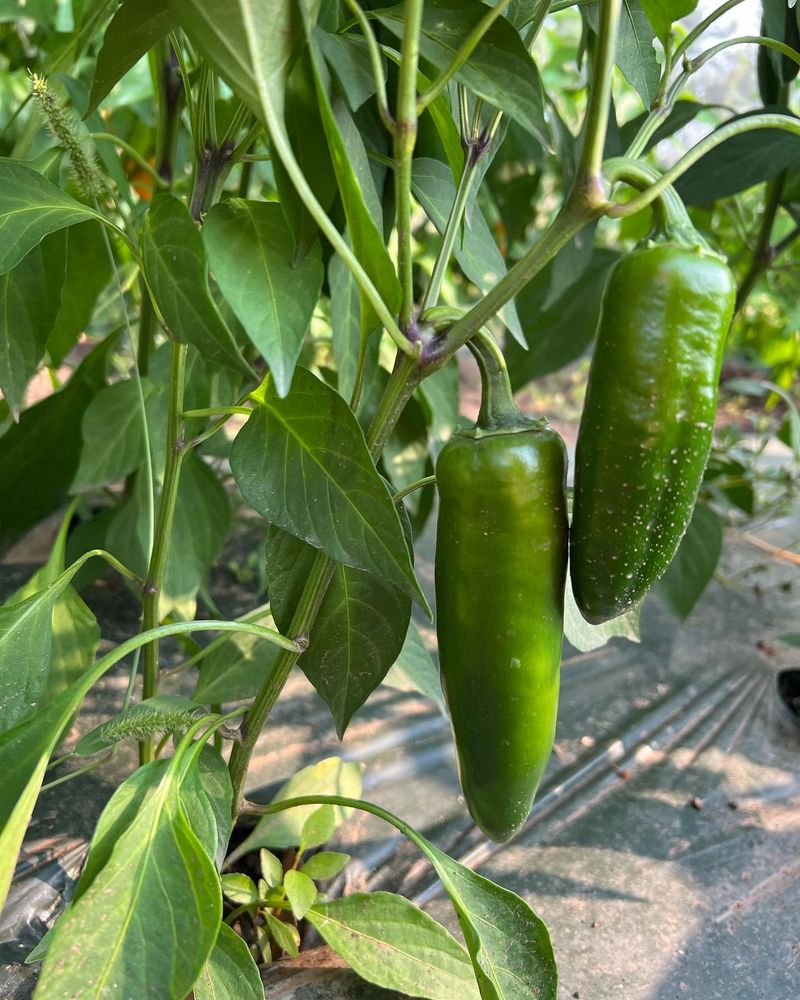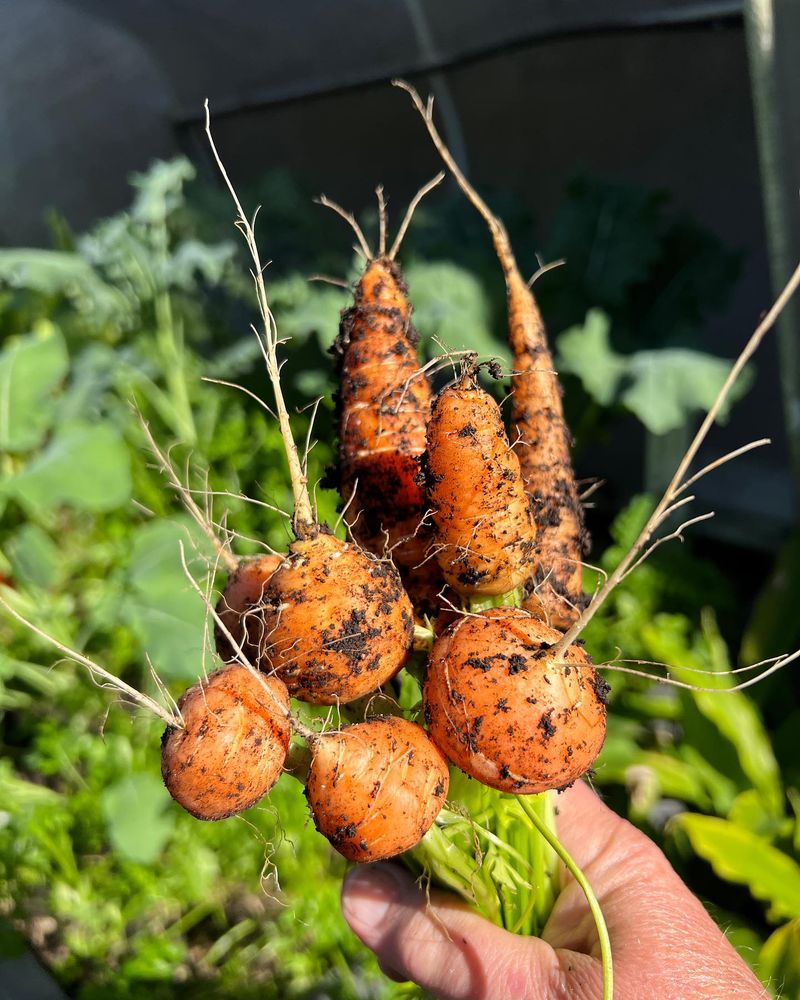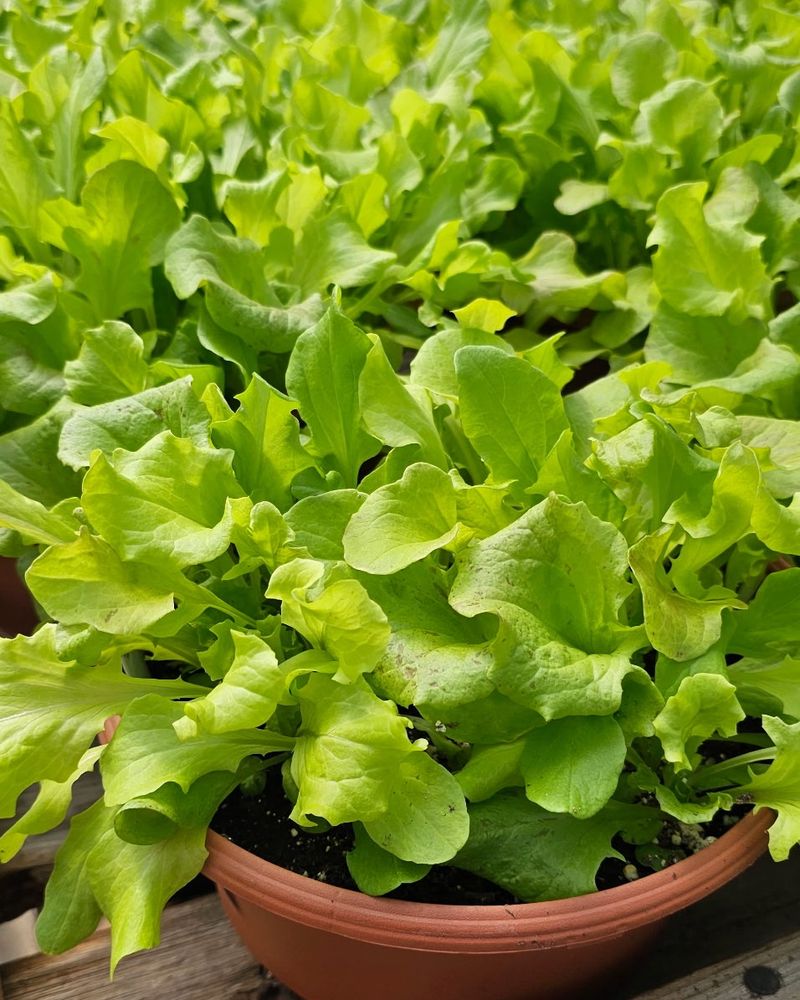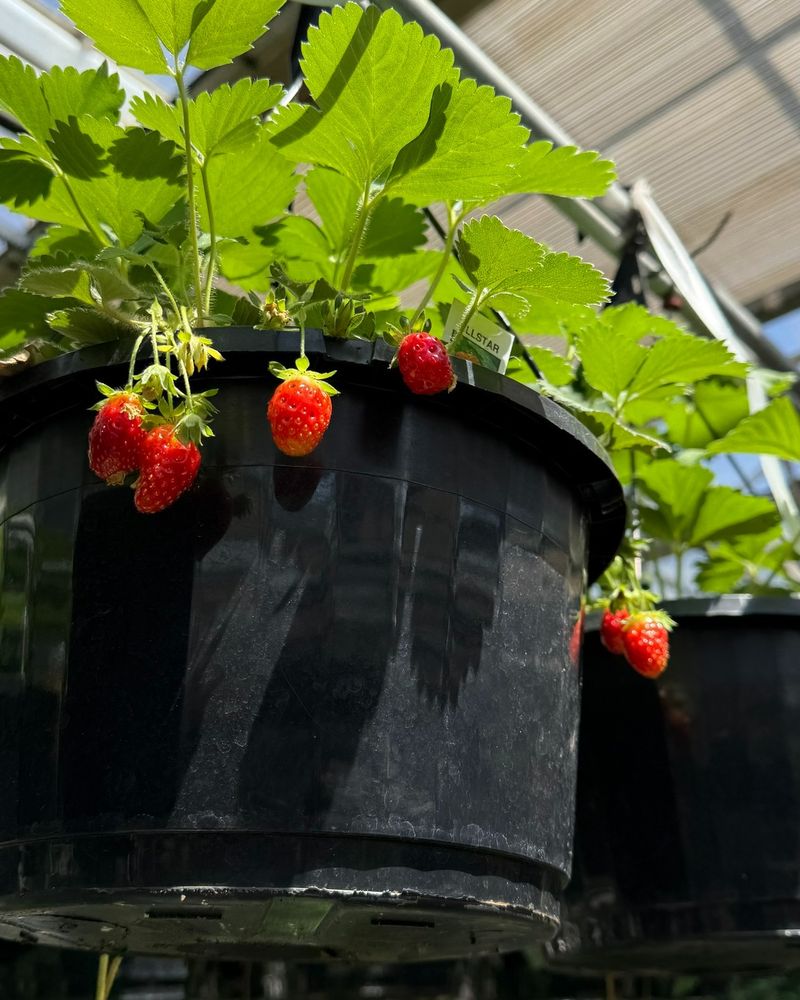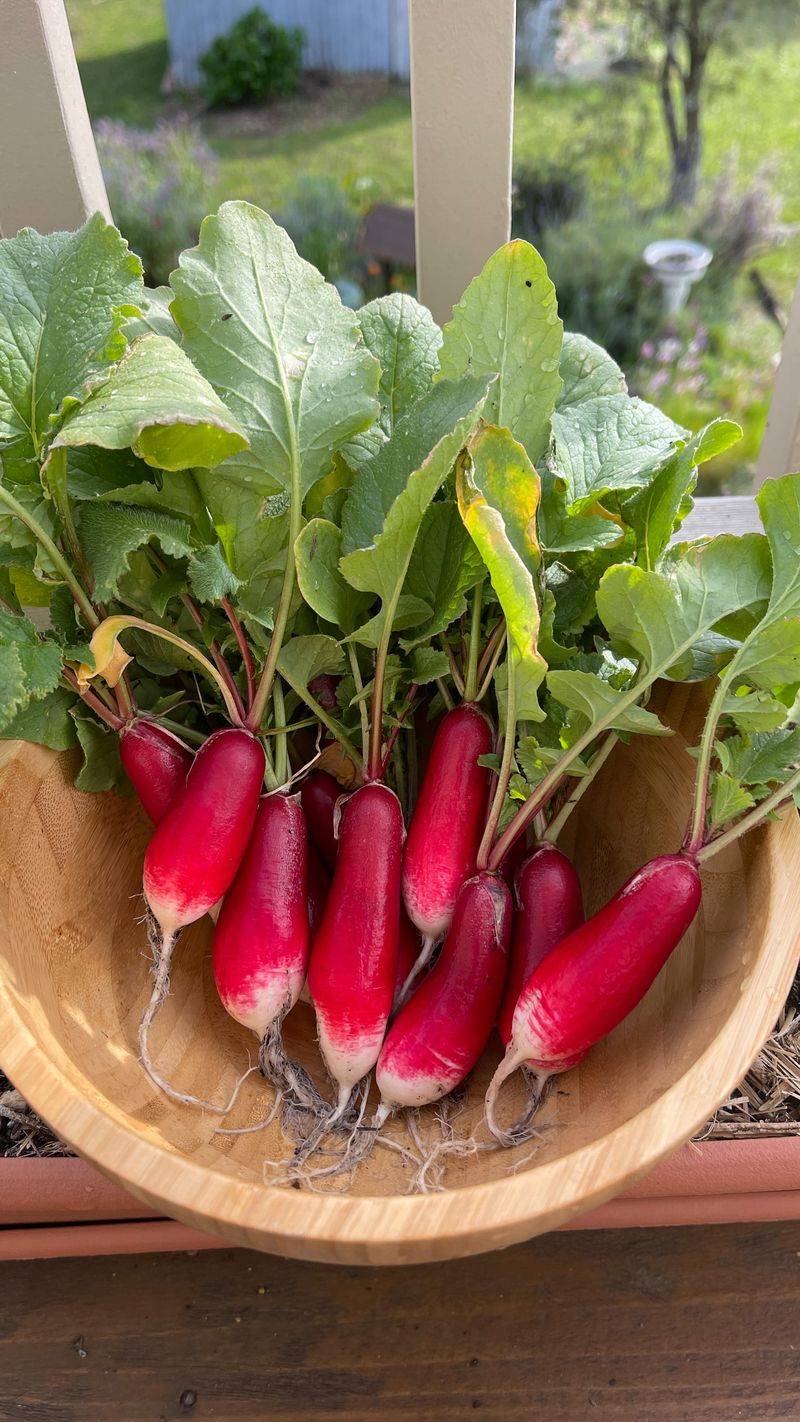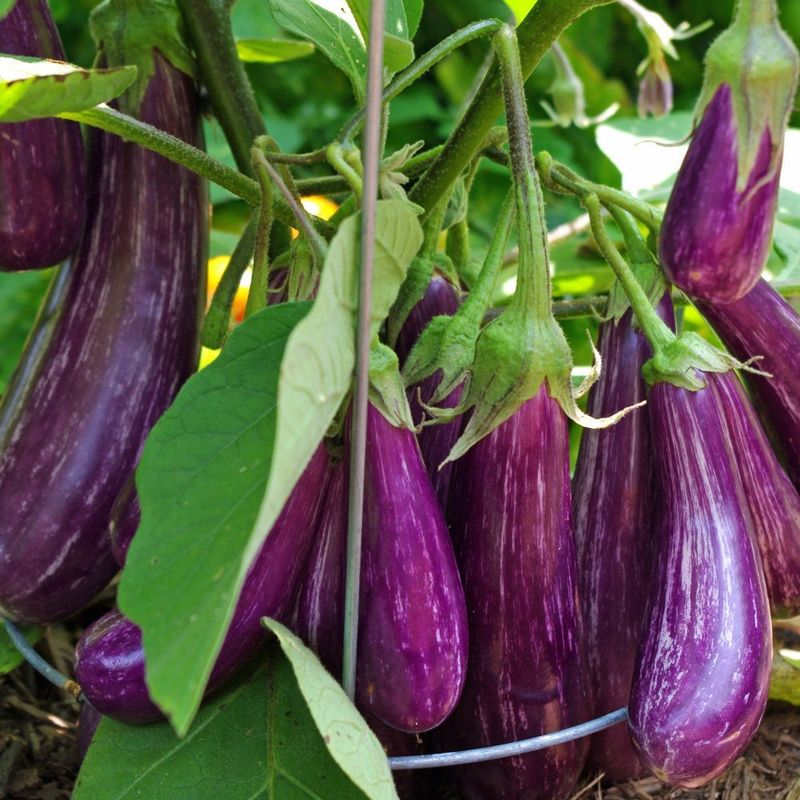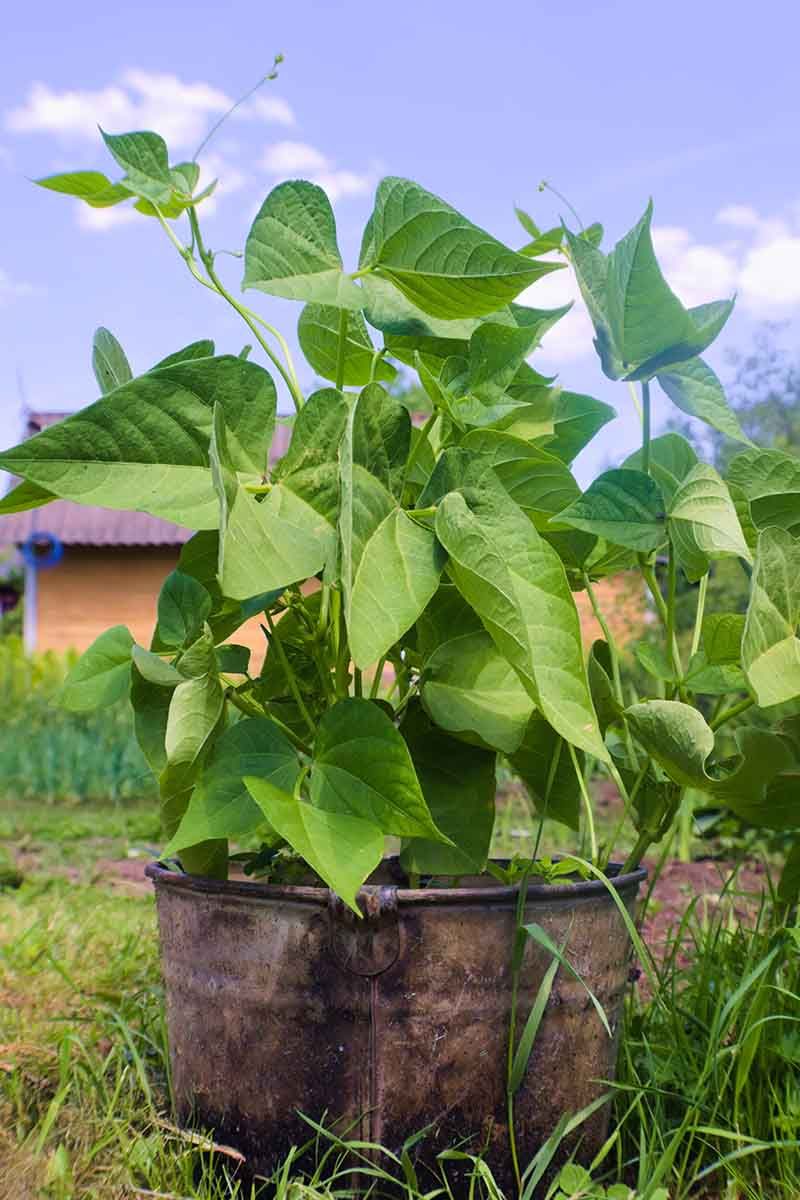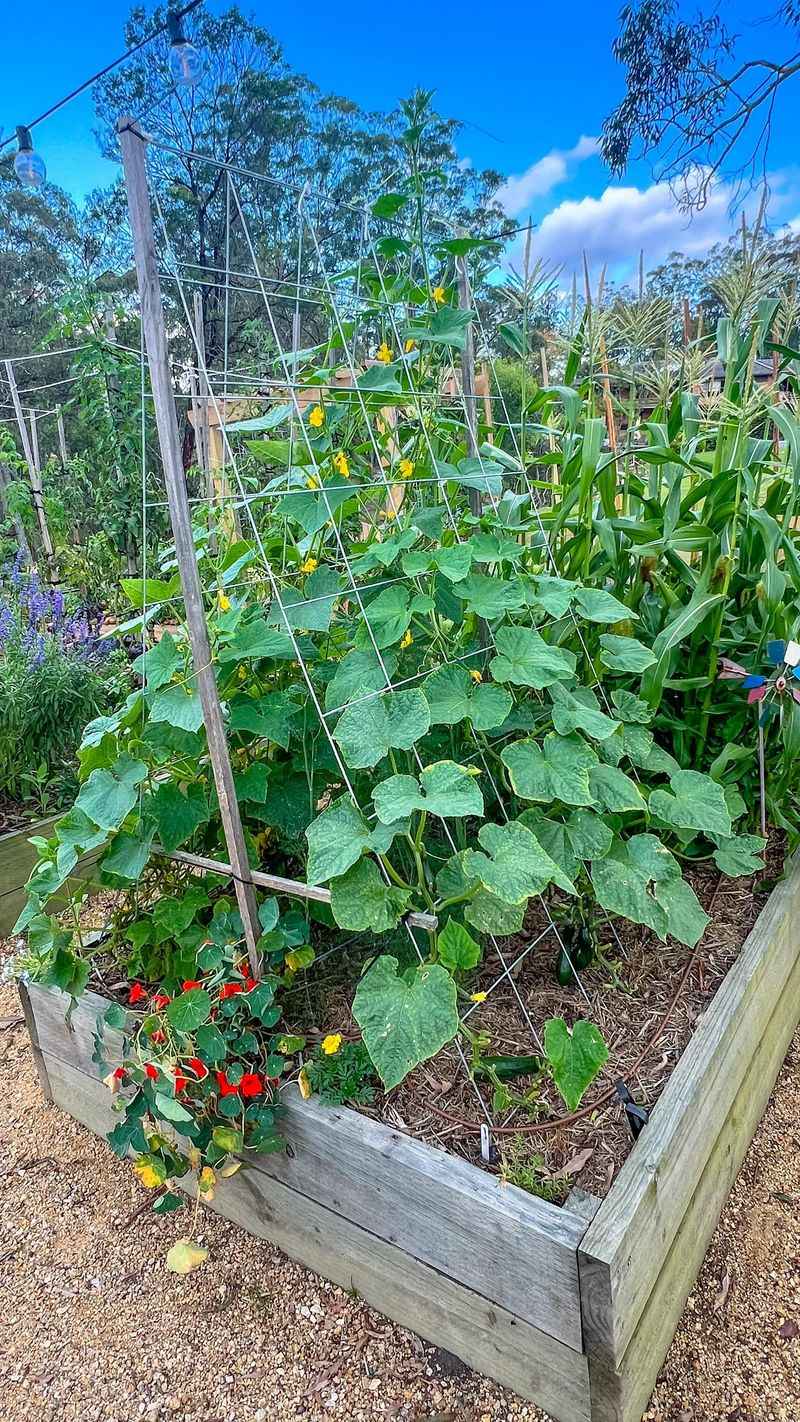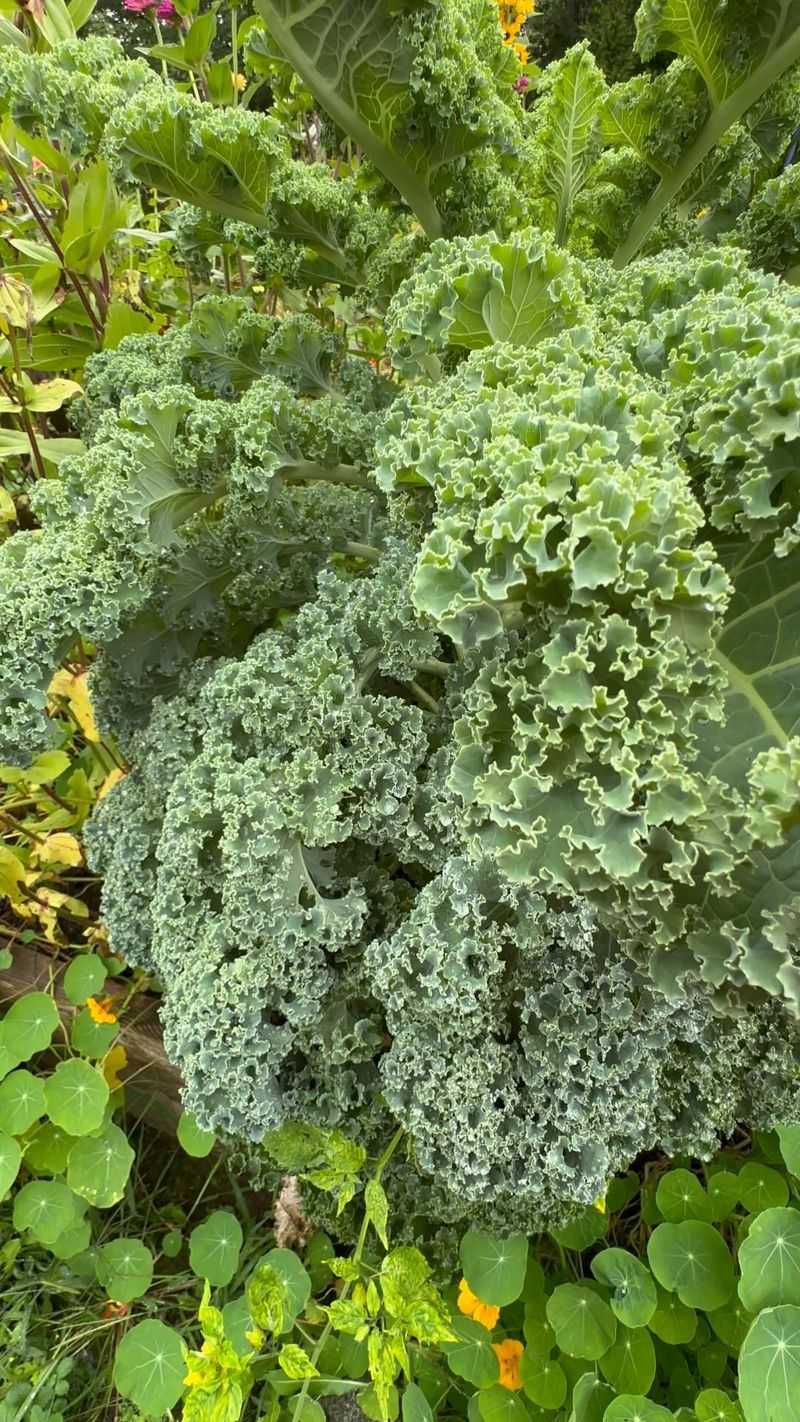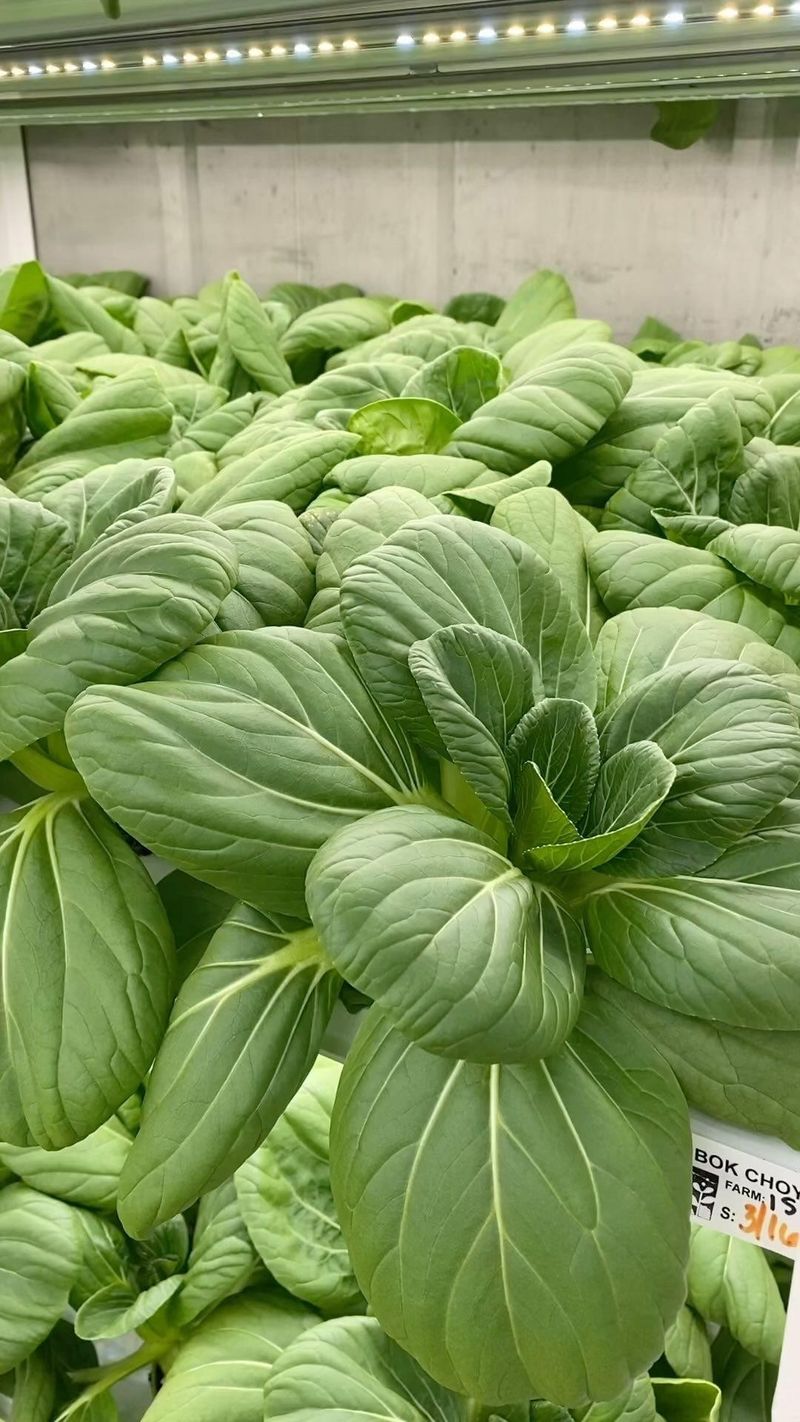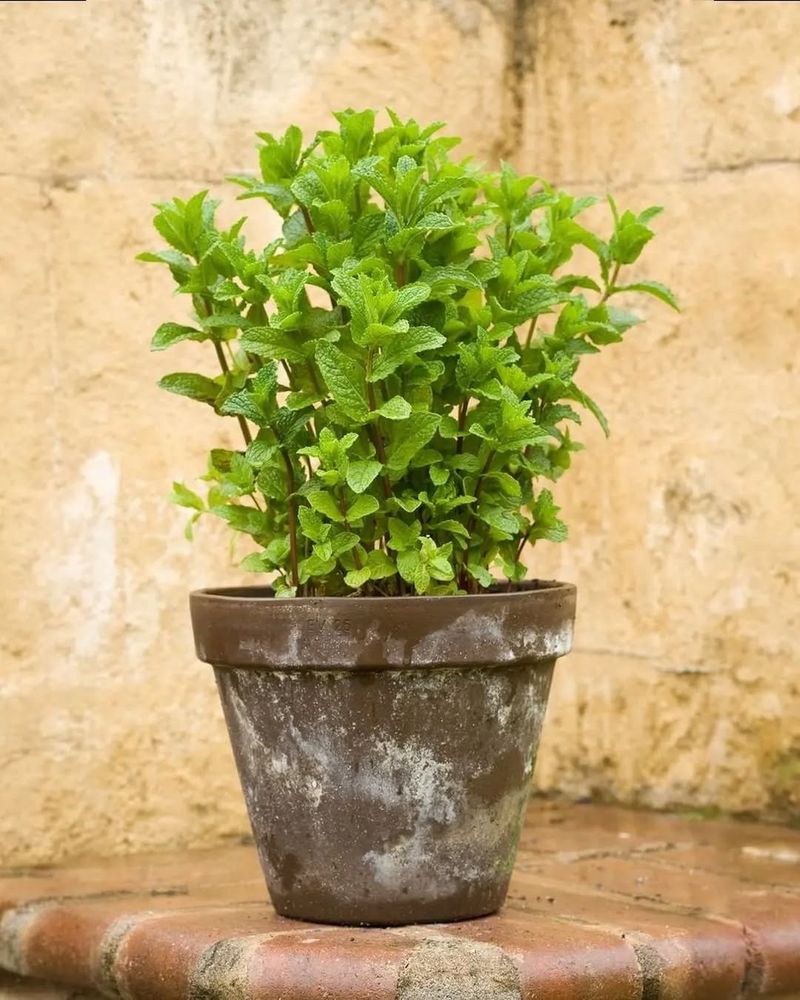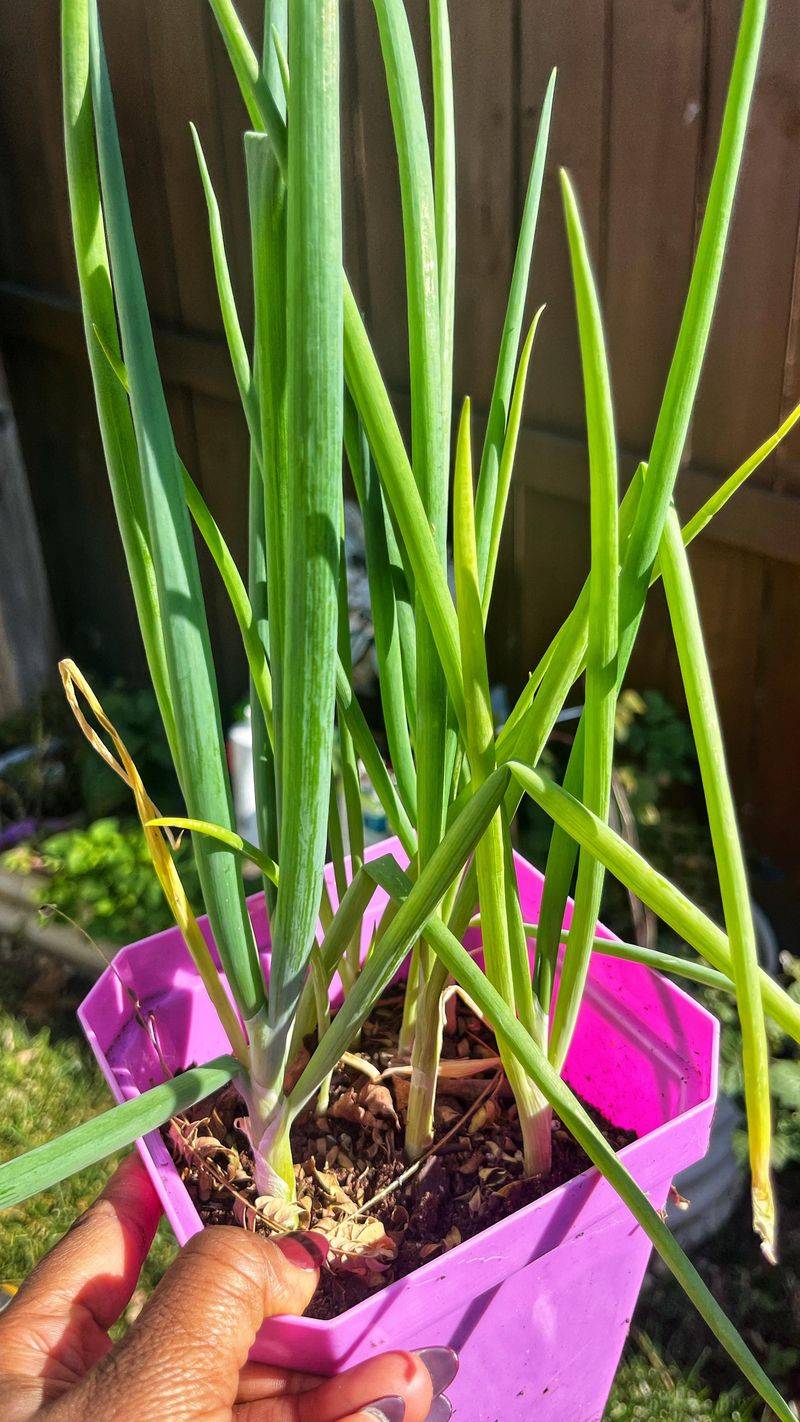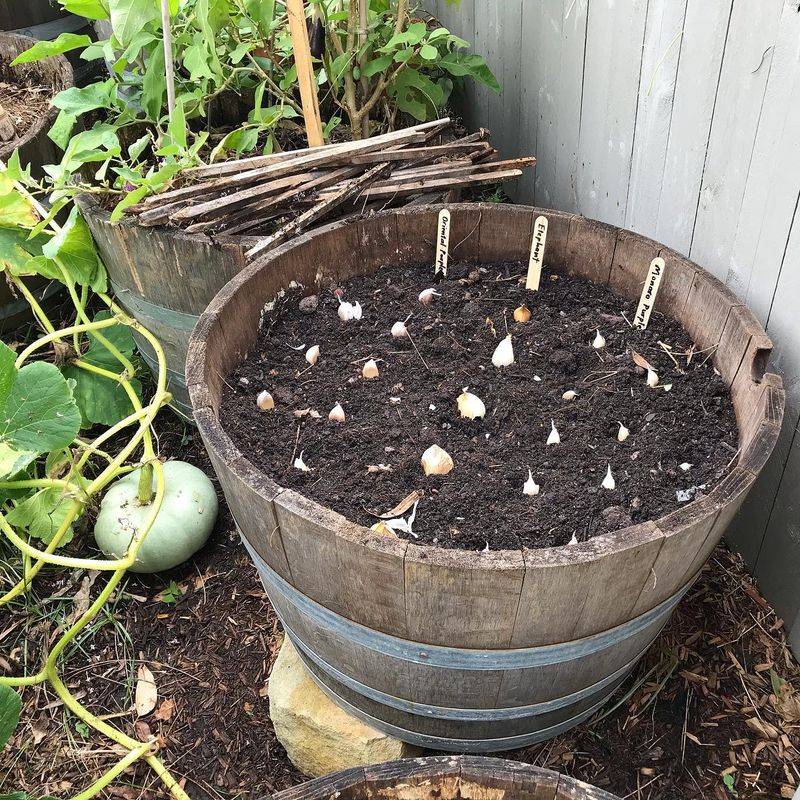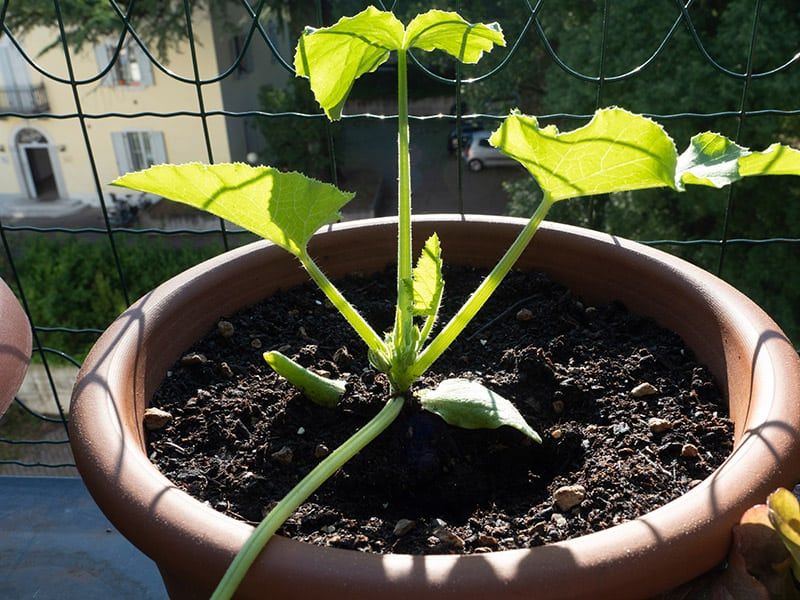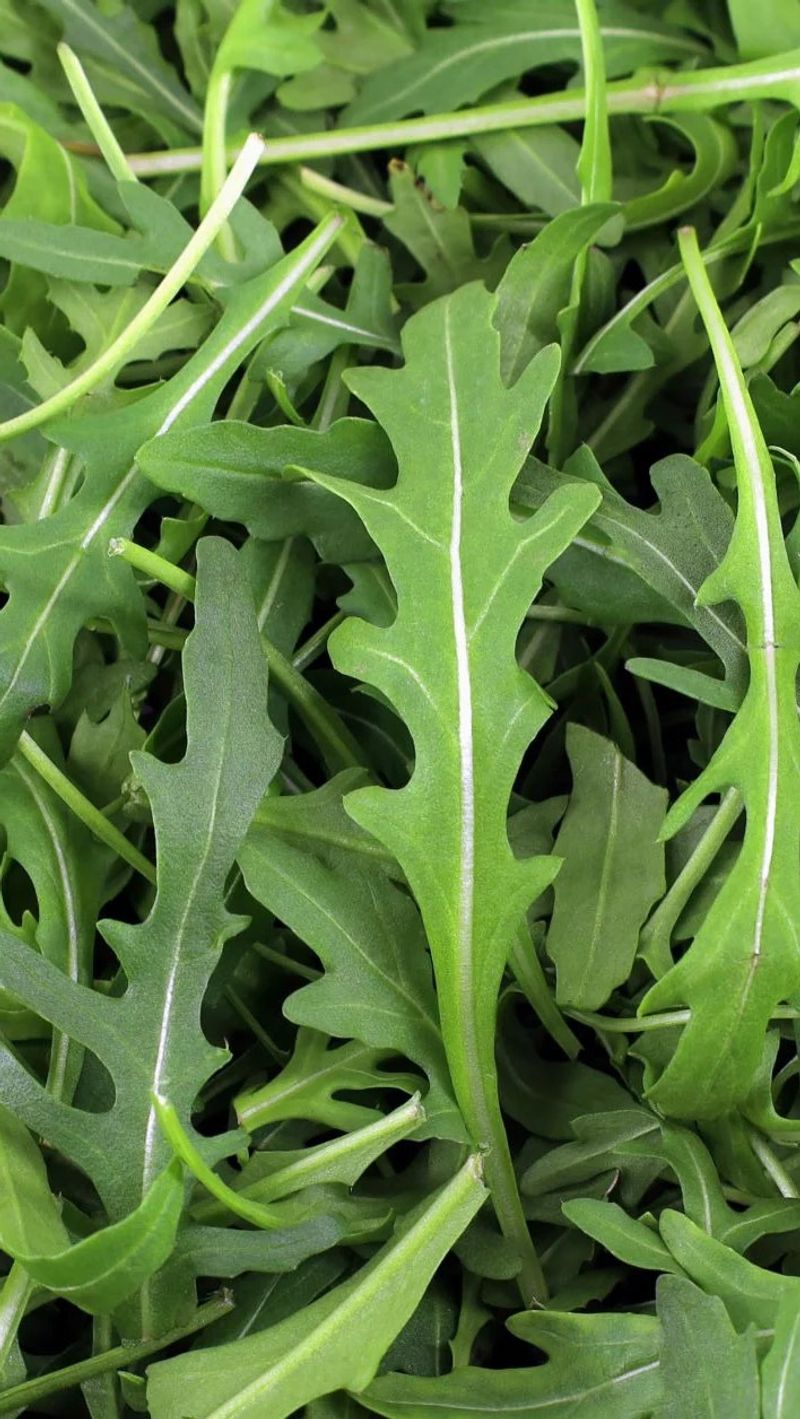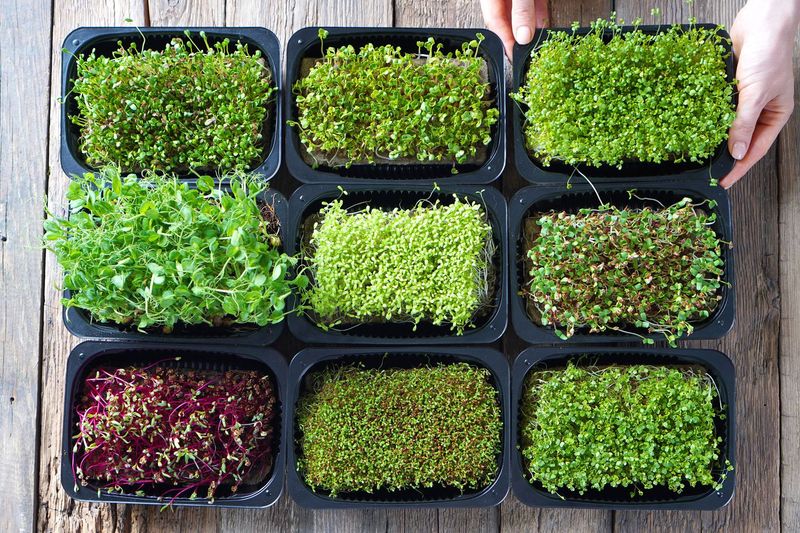Growing vegetables in containers isn’t just a backup plan for small spaces—it’s a smart move for flavor lovers, too. I’ve found that some of the tastiest tomatoes, peppers, and herbs I’ve ever grown came from pots right on my patio.
The secret? Total control. You get to fine-tune the soil, manage moisture, and give each plant exactly what it needs—no guessing, no competing roots.
If you’re curious about which veggies truly shine in containers, you’re in for a treat. These picks don’t just survive in pots—they thrive and taste even better than their garden-grown counterparts.
1. Cherry Tomatoes: Sweeter In Small Spaces
Confined roots make all the difference with these little gems. When cherry tomatoes grow in containers, they receive less water than in open ground, which concentrates their natural sugars for an intensely sweet flavor that garden-grown varieties often lack.
The controlled environment of a pot lets you perfect the soil mix specifically for tomatoes – slightly acidic with added calcium to prevent blossom end rot. You can position the containers to catch maximum sunshine, further enhancing sweetness.
I’ve grown both container and garden tomatoes side by side, and the pot-grown cherries consistently win taste tests. Their thicker skins (a result of slight water stress) actually hold in more flavor compounds, creating little bursts of summer with each bite.
2. Basil: More Aromatic In Pots
Limited root space triggers basil to produce higher concentrations of essential oils, making container-grown plants more fragrant and flavorful than their garden counterparts. The controlled environment prevents the roots from becoming waterlogged, a common issue that dilutes flavor.
Moving potted basil to follow the sun throughout the day boosts oil production even further. Many chefs swear by container basil for its more intense flavor profile, especially in pestos and fresh summer dishes where the herb takes center stage.
When I grow basil in containers, I find I can harvest much earlier and get leaves with more pronounced peppery notes. The ability to bring the plants indoors during cool evenings also prevents the temperature stress that can make garden basil bitter.
3. Hot Peppers: Container Heat Intensifies Spice
Something magical happens when hot peppers grow in containers – they develop extra capsaicin, the compound responsible for their signature heat. The slight stress from the confined space triggers the plant’s defense mechanisms, resulting in peppers that pack more punch than their garden-grown siblings.
Controlled watering is key here. By slightly under-watering mature plants, you force them to concentrate their energy on fruit development rather than leafy growth. The result? Smaller but significantly spicier peppers that will make your hot sauce recipes legendary.
Growing jalapeños in pots last summer gave me peppers nearly twice as hot as expected. The ability to move containers to maximize sunlight exposure also helps develop thicker pepper walls with more complex flavor beyond just the heat.
4. Carrots: Sweeter When Soil-Controlled
Perfect soil makes perfect carrots. In containers, you can create the ideal growing medium – loose, stone-free, and perfectly draining – something nearly impossible to achieve in many garden plots. This pristine environment allows carrots to grow straight and sweet without the obstacles that cause forking or bitter flavors.
The controlled watering in pots prevents the feast-or-famine moisture levels that lead to cracking and flavor dilution. Short-rooted varieties like ‘Paris Market’ or ‘Romeo’ are particularly well-suited for container life and develop concentrated sweetness.
My container carrots have consistently developed higher sugar content than garden-grown ones. The ability to harvest them at the peak of perfection, rather than digging around hoping they’re ready, means I can catch them at their sweetest moment.
5. Lettuce: Crispier Leaves Above Ground
Container-grown lettuce develops a crispness that garden lettuce often lacks. The elevated position protects the leaves from soil-dwelling pests and splash-borne diseases that can damage flavor and texture. Plus, the controlled watering prevents the moisture fluctuations that lead to bitter compounds.
Shallow-rooted lettuce thrives in wide, shallow containers where competition for nutrients is minimal. This focused nutrition creates sweeter, more tender leaves. The portable nature of containers also extends the growing season – move them to shade during heat waves or to protected areas during cold snaps.
Growing butterhead lettuce in window boxes last spring gave me the sweetest salad greens I’ve ever tasted. The container environment seemed to eliminate the slight bitterness that often develops in garden-grown varieties, especially as temperatures rise.
6. Strawberries: Concentrated Flavor In Hanging Baskets
Suspended in the air, strawberry plants develop berries with intensified sweetness. The perfect drainage in hanging baskets prevents the diluted flavor that comes from waterlogged soil, while the abundant air circulation around the fruits reduces disease pressure that can impact taste.
Elevated growing positions also keep berries clean and away from ground pests. This means fewer damaged fruits and no soil contact that can introduce off-flavors. The stress of confined growing space actually triggers the plants to produce more natural sugars.
The strawberries from my hanging baskets consistently outperform those in my garden beds in blind taste tests. Their smaller size holds more concentrated flavor compounds, and the ability to position them for optimal sunlight exposure seems to boost their natural sweetness and aroma.
7. Radishes: Spicier Punch In Pots
Quick-growing radishes benefit tremendously from the perfect soil structure possible in containers. The loose, rock-free medium allows roots to develop smoothly without the obstacles that cause splitting or woody texture. This clean growth promotes the development of their signature spicy oils.
Container-grown radishes experience more temperature fluctuations than those in ground, with soil warming more during the day and cooling more at night. These temperature swings stimulate the production of the compounds that give radishes their distinctive bite.
Last spring, the French Breakfast radishes from my balcony containers had a perfect balance of heat and sweetness that was missing from previous garden-grown attempts. The controlled environment seemed to prevent the waterlogging that often dilutes their characteristic spicy flavor.
8. Eggplant: Silkier Texture In Thermal Pots
Warmth transforms eggplant flavor, and containers provide the perfect heat-trapping environment. Dark pots absorb sunlight, creating the consistently warm soil temperatures these heat-loving plants crave. This steady warmth develops smoother texture and sweeter flavor than garden-grown varieties often achieve.
The controlled watering possible in containers prevents bitter compounds from forming. Many gardeners struggle with eggplant bitterness, not realizing it’s often caused by inconsistent moisture levels that stress the plants – a problem easily solved in container growing.
Compact varieties like ‘Fairy Tale’ or ‘Patio Baby’ were bred specifically for containers and develop exceptionally sweet, tender fruits. Growing them in five-gallon black containers last summer gave me the most velvety-textured eggplants I’ve ever cooked with, completely free of the seeds that can introduce bitterness.
9. Bush Beans: Tender Pods From Perfect Drainage
The exceptional drainage of containers prevents the root diseases that often plague garden-grown beans. This clean root environment allows the plants to focus energy on producing exceptionally tender, flavorful pods rather than fighting off pathogens that can stress the plant and impact taste.
Container-grown bush beans benefit from warmer soil temperatures, which help them develop sweeter pods with better texture. The elevated growing position also makes harvesting easier, ensuring you catch beans at their peak flavor moment instead of letting them grow too large and tough.
My container-grown ‘Provider’ bush beans consistently deliver more tender pods than garden-grown varieties. The controlled fertilization possible in pots helps prevent the excessive nitrogen that can create lush plants with disappointing pod production and flavor.
10. Cucumbers: Crunchier In Vertical Spaces
Growing upward makes all the difference for container cucumbers. When trained on trellises, the fruits hang freely, developing straighter shape and crisper texture than ground-sprawling varieties. The improved air circulation also prevents the mildew issues that can affect flavor and plant health.
Compact varieties like ‘Spacemaster’ were developed specifically for container growing and produce fruits with thinner skins and sweeter flesh. The consistent moisture levels possible in containers prevent the bitterness that develops when garden cucumbers experience drought stress.
Training cucumber vines up a trellis attached to my deck railing gave me the crunchiest, most refreshing cucumbers I’ve grown. The vertical growth meant every cucumber received even sunlight exposure, eliminating the yellow spots and uneven ripening that can create inconsistent flavor.
11. Kale: Sweeter Leaves In Cold-Weather Containers
Temperature fluctuations are kale’s flavor secret, and containers experience more dramatic swings than garden soil. This stress triggers kale to convert starches to sugars, developing the sweetness that makes container-grown kale distinctly less bitter than garden varieties, especially after light frosts.
The controlled soil environment prevents the uptake of compounds that can create excessive bitterness. Many gardeners find kale too strong-flavored, not realizing that container growing naturally moderates these intense notes while preserving the nutritional benefits.
My deck containers extend the kale harvest well into winter, and these cold-kissed leaves have converted many kale skeptics. The portable nature of containers allows me to protect plants during extreme weather while still exposing them to the beneficial light frosts that maximize sweetness.
12. Bok Choy: Cleaner Flavor Without Garden Grit
The elevated growing position of containers keeps bok choy leaves pristinely clean, eliminating the gritty texture that often plagues garden-grown Asian greens. This cleanliness isn’t just about convenience – it actually improves flavor by preventing soil splash that can introduce mineral off-notes.
Container growing also prevents the bolting (premature flowering) that makes bok choy bitter. The ability to move pots to shadier locations during heat spells keeps plants growing sweetly instead of rushing to produce seeds and developing the accompanying bitter compounds.
The baby bok choy from my railing planters has consistently delivered cleaner, sweeter flavor than any I’ve grown in traditional beds. The controlled environment seems particularly beneficial for these sensitive greens, which respond to stress by developing off-flavors.
13. Mint: More Aromatic Oils When Root-Bound
Containing mint’s naturally invasive roots creates an unexpected flavor bonus. When slightly root-bound in containers, mint plants produce higher concentrations of essential oils as a stress response, creating more aromatic, flavorful leaves than their garden-running counterparts could ever develop.
The controlled watering possible in containers prevents the diluted flavor that comes when mint receives excessive moisture. Many garden-grown mints develop lush but disappointingly mild leaves due to too much water and unrestricted root growth.
Comparing mojitas made with my container mint versus garden-grown varieties opened my eyes to the difference. The pot-grown leaves had significantly more pronounced flavor, requiring fewer leaves to achieve the same impact. This concentrated character makes container mint superior for cooking, teas, and cocktails.
14. Green Onions: Sharper Flavor In Shallow Containers
The shallow but focused root zone of containers intensifies green onion flavor. When grown in the perfect depth – about 6-8 inches – scallions develop stronger aromatic compounds than their garden counterparts, which often spread energy between excessive root growth and flavorful tops.
Container-grown green onions benefit from consistent, controlled moisture that prevents the growth checks that can create tough, woody stems. The ability to position containers for full sun exposure also boosts flavor development in ways garden-grown varieties might miss due to competition or shading.
Regrown scallions in my kitchen window container have consistently delivered more pronounced flavor than fresh-bought ones. The clean growing environment also eliminates the soil particles that can sometimes get trapped in the layers of garden-grown green onions, interfering with their clean, sharp taste.
15. Garlic: Concentrated Cloves In Depth-Controlled Soil
Perfect depth makes perfect garlic, and containers allow for ideal planting position every time. When garlic cloves are placed at exactly the right depth in perfectly draining soil, they develop more concentrated flavor compounds than garden-grown bulbs, which often contend with compacted or inconsistent soil conditions.
The controlled winter chill possible with containers actually improves garlic flavor. Garlic needs cold exposure to develop properly, and potted plants can be moved to protect from extreme temperatures while still allowing beneficial cold stratification that garden bulbs might miss in mild climates.
The Russian Red garlic I grew in whiskey barrel planters produced smaller but significantly more potent bulbs than my garden bed garlic. The controlled watering during the critical bulb formation stage seemed to concentrate the pungent compounds that give garlic its distinctive character.
16. Zucchini: Nuttier Flavor In Compost-Rich Pots
Nutrient control transforms zucchini flavor. When grown in containers with compost-rich soil specifically formulated for fruiting plants, zucchini develops a nuttier, more complex flavor than garden varieties that might struggle with inconsistent fertility or competition from neighboring plants.
The excellent drainage of containers prevents the water-diluted flavor that often plagues garden zucchini after heavy rains. Container-grown fruits maintain their firm texture and concentrated taste even during wet weather, making them superior for both raw and cooked applications.
Compact varieties like ‘Astia’ or ‘Patio Star’ were bred specifically for containers and produce smaller fruits with notably better flavor. Their reduced size seems to pack in more of the subtle nutty notes that make zucchini special, rather than the watery blandness often found in overgrown garden specimens.
17. Arugula: Less Bitter, More Peppery In Pots
Temperature control is the secret to perfect arugula, and containers provide this beautifully. When grown in pots that can be positioned to avoid afternoon heat, arugula develops its signature peppery notes without the overwhelming bitterness that often plagues garden-grown plants in warm weather.
The clean growing environment prevents the soil splash that can introduce off-flavors or gritty texture to these tender leaves. Container arugula stays pristinely clean, allowing its complex flavor profile to shine without interference from soil particles or garden debris.
Moving my arugula containers to morning-sun-only positions during summer gave me the longest harvest of perfectly peppery leaves I’ve experienced. The garden-grown plants bolted quickly in the heat, developing sharp bitterness, while the container plants maintained their pleasant spiciness for weeks longer.
18. Microgreens: Intensely Flavored Seedlings In Shallow Trays
The controlled environment of container growing makes microgreens especially flavorful. These baby plants contain all the flavor compounds of their mature counterparts but in highly concentrated form, and the perfect growing conditions possible in shallow trays enhance this intensity even further.
Without competition for nutrients or light, container microgreens develop cleaner, more pronounced flavors than would be possible in garden settings. The sterile growing medium also eliminates the earthy notes that can interfere with their distinctive taste profiles.
Radish microgreens from my windowsill containers pack more peppery punch than full-grown radishes, while sunflower microgreens offer a nutty sweetness that’s impossible to find in mature plants.

